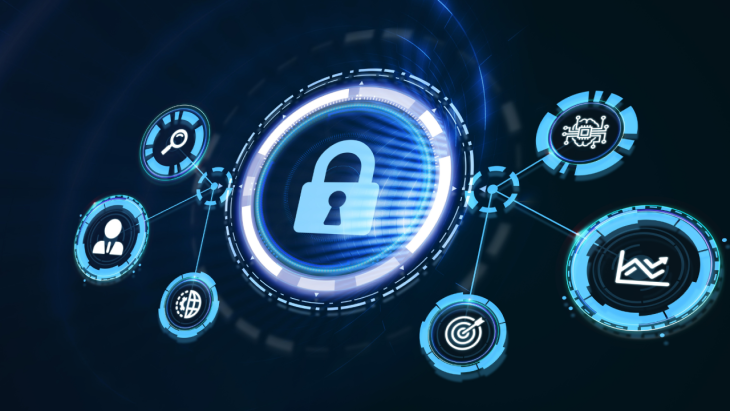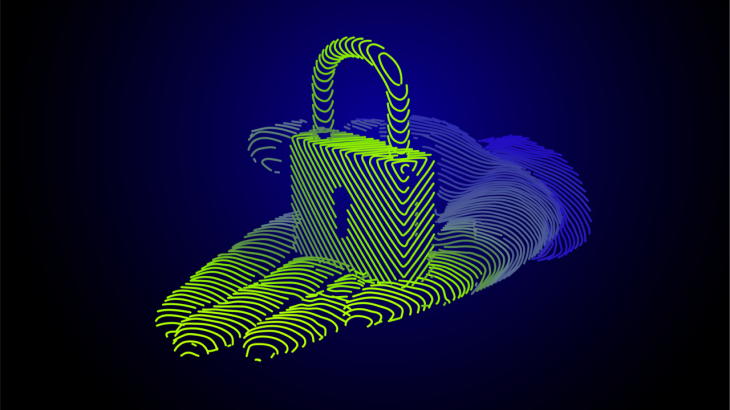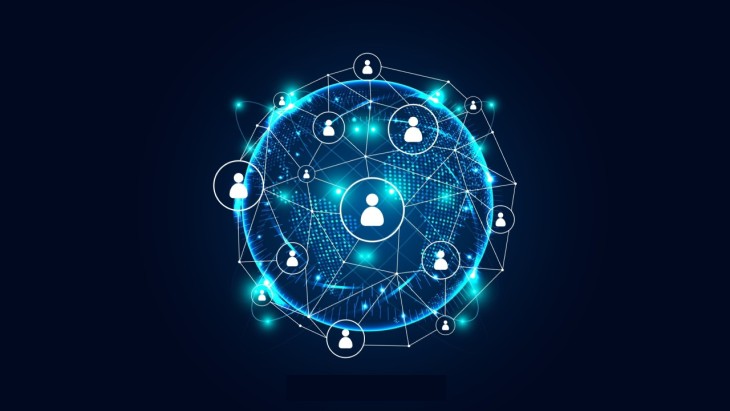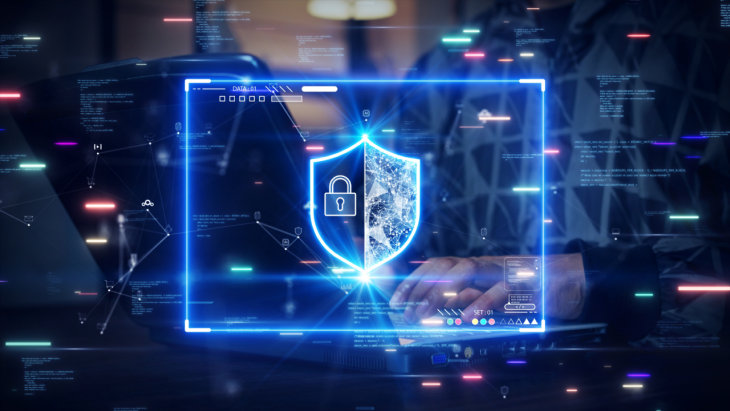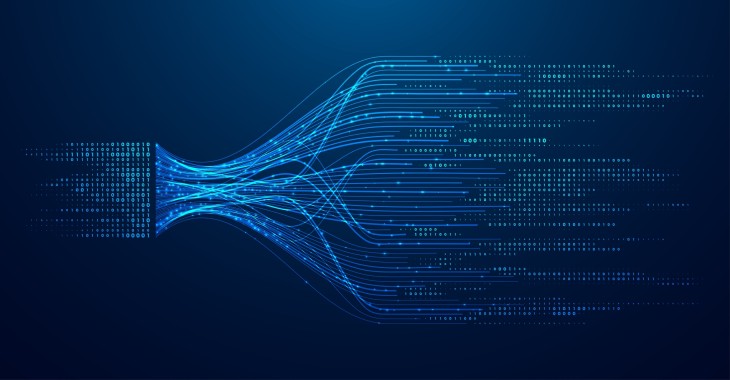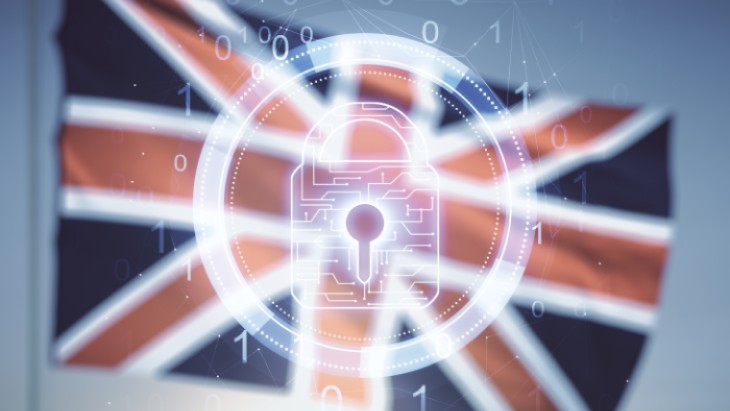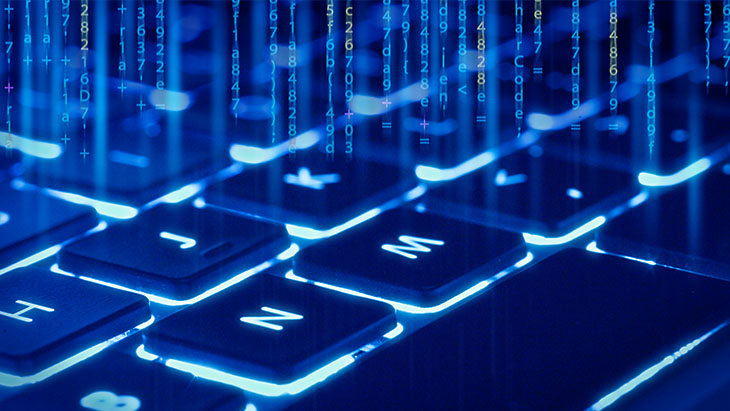
How to Provide Secure Remote Access?
The remote working conditions shaped by the COVID-19 pandemic have made secure remote access indispensable for companies. Today, most global and national companies create remote work programs and organize their employees' working hours according to these programs. Given that cyber threats are growing in direct proportion to technological developments, securing remote access is more vital than ever.
As business professionals work remotely from home, they are more likely to face cyber threats. Therefore, you should pay attention to data security solutions and be prepared for any scenarios that may arise from remote access risks. To successfully prepare and implement the necessary security measures, you must first seamlessly master the definition and scope of secure remote access.
How to Provide Secure Remote Access?
In its simplest definition, remote access is when the company employees' electronic transactions normally happening within an office environment are instead carried out out of the office using various digital methods and cloud computing. Promising significant flexibility to professionals and organizations, remote access is also notably beneficial in terms of cost savings. Remote access applications are at the core of transforming work processes in the business world as a result of the COVID-19 pandemic.
However, the widespread use of remote access applications further raises security risks. Remotely working employees obtain local administrator rights on their personal electronic devices, thereby gaining access to company data. Remote access through personal devices is technically unlikely to entail less risk than traditional office-based work.
A company employee may unconsciously make several mistakes on the network when using remote access applications. In such cases, glitches in encryption access and regulation may occur, together with data breaches stemming from downloading unauthorized applications. Finally, unsafe data sharing through the applications you use to cooperate is also deemed a security risk associated with remote access practices.
How to Prevent Remote Access Breaches?
According to the "Mobile Security Index 2021" report published by Verizon, 79% of the business world has experienced an increase in remote access due to the COVID-19 pandemic. The report has also revealed that 97% of employees believe that working through remote access involves more risk than in a traditional office environment.
Another finding of the report is that half of the employees share their user access passwords with other colleagues. Similarly, 49% of employees also share their business computers or other electronic devices with their family and friends. Moreover, the report's research concludes that one out of every 25 applications currently were found to leak credentials.
As the Mobile Security Index report suggests, business professionals have various concerns about remote access security. Some cybersecurity measures are required to eliminate these concerns, namely, to minimize the risk of data breaches that may occur due to remote access.
We must underline that secure remote access encompasses a large number of security solutions. The first of these solutions is the use of a Virtual Private Network (VPN). However, a VPN, which employs encrypted tunnels to connect to a private network, also contains a variety of security risks. VPN applications alone are not a satisfactory security method and should therefore be supported by other security techniques such as Two-factor Authentication (2FA), or password management applications. Additionally, to ensure remote access security, Zero Trust Network Access (ZTNA), which offers users seamless and secure connectivity to private applications without ever placing them on the network or exposing apps to the internet, may be preferred.
Apart from these, third-party access, Endpoint Security, and Network Access Control (NAC) also offer secure working through remote access. We firmly recommend that you configure VPN and third-party access with various data security vulnerabilities under privileged access management (PAM). Given that only 34 percent of the companies worldwide appreciate the number of logins and accesses that can be associated with third-party users, the benefits of PAM - the most practical way to secure remote access - are becoming greatly more valuable.
Privileged Access Management (PAM) and Secure Remote Access
It is highly recommended that you taking advantage of the functional benefits of a robust PAM strategy in the virtual world, where the phishing attacks' rate increased by 364 percent in 2020 compared to the previous year. Privileged Access Management focuses on privileged accounts, the hacking of which may cause severe damage to the corporate network. Authorized accounts are one of the most valued assets that a hacker targets during remote access. Accordingly, you should never rule out taking additional measures to secure privileged accounts on the network.
Kron’s PAM solution, Single Connect, enables real-time detection of suspicious activity, preventing software and hardware abuse or misuse by limiting access to credentials. Requiring location and time information simultaneously for privileged access requests, Single Connect can detect data breach attempts in the system through context analysis and pattern recognition.
Single Connect, a real-time operation also bears a resemblance to the functioning of remote access. Since it continuously operates in the network, you can easily detect data breaches you may encounter during remote access. Moreover, the system efficiency increases considerably thanks to other Single Connect features such as Privileged Task Automation (PTA), which automates routine tasks; Privileged Session Manager, which controls privileged accounts' sessions; Two-Factor Authentication (2FA), which can impose time and location-based limitations; Central Password Management (Dynamic Password Controller) with a password vault feature; and Dynamic Data Masking, which provides features to record and mask sessions.
Single Connect, our Privileged Access Management product, offers you an end-to-end solution that you may need for secure remote access. Our product was listed in the Gartner Magic Quadrant for Privileged Access Management report, validating its advanced features on cybersecurity and getting a thumbs up from users.
Single Connect, one of the key PAM platforms in the virtual world, has six modules that enable seamless, secure remote access: Privileged Session Manager, Dynamic Password Controller, Two-Factor Authentication (2FA), Dynamic Data Masking, Privileged Task Automation (PTA), and TACACS+ / RADIUS Access Management.
Contact us to learn more about Single Connect and ensure remote access security is at the highest level. Thanks to Single Connect, which offers all Privileged Access Management benefits, you can prevent privileged accounts from being compromised, and your company from experiencing data security challenges, thereby securing remote access.

